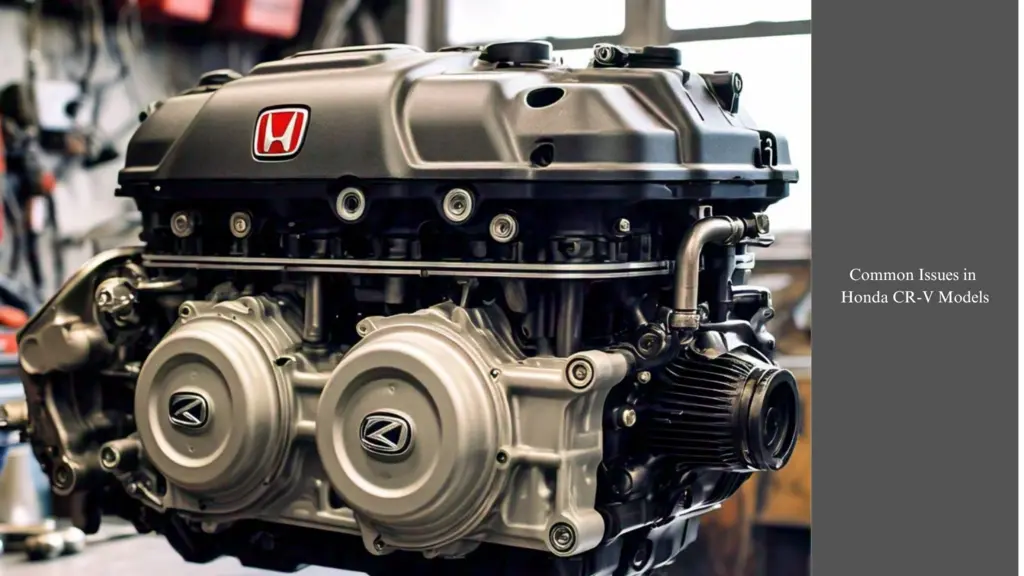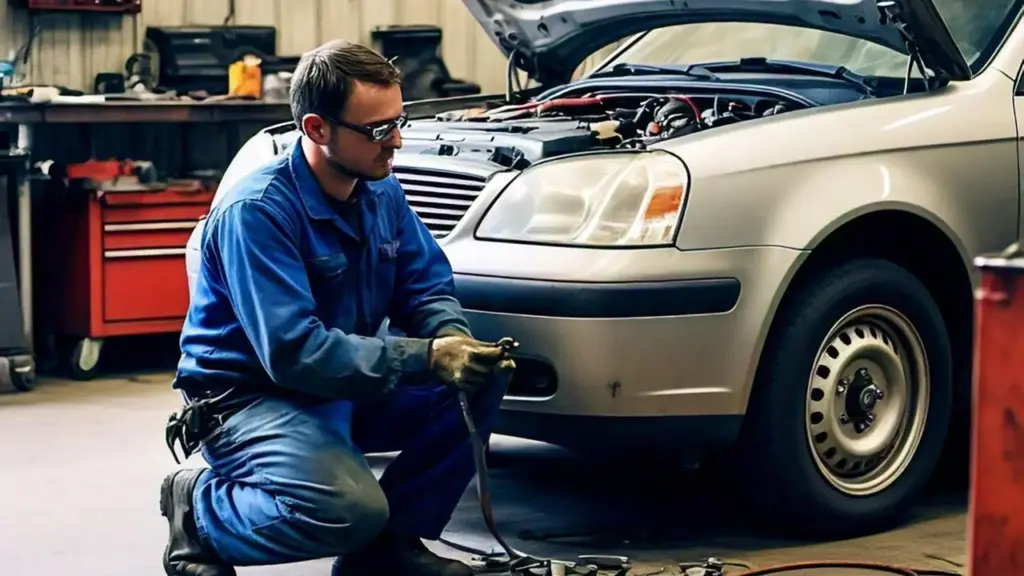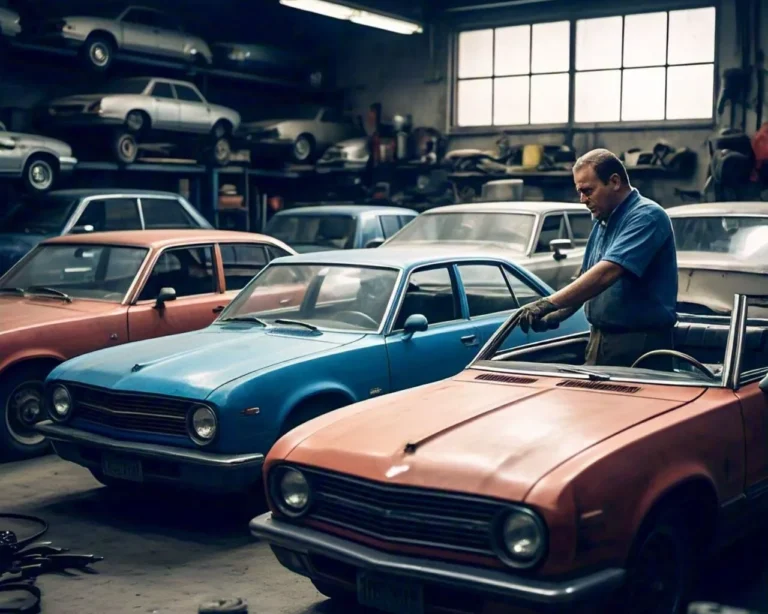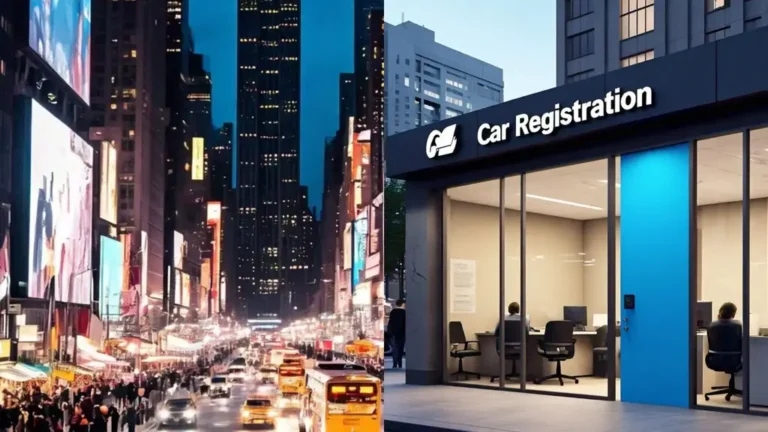Honda CR-V Years to Avoid: Key Models With Major Issues
The Honda CR-V is a dependable and popular SUV but not all years are equal. Some models have faced difficulties that make them less likable to buyers. These difficulties include engine problems, gearbox issues, etc. Knowing which years to avoid will save you time, money, and frustration.
In this article, we’ll explain the precise Honda CR-V years to avoid so you can make an informed decision when purchasing a used model.
A Brief History of the Honda CR-V
CR-V stands for “Comfortable Runabout Vehicle.” Honda CR-V is the first in-house-designed SUV from Honda which was first introduced in 1995.
It was to fulfill the increasing demand for compact and reliable SUVs that provide the practicality of a family car with the strength of an off-road vehicle. The CR-V became popular for its reliability, fuel efficiency, and spacious interior.
The Rise of Honda CR-V
The first-generation CR-V between 1997 and 2001 was made strong with innovative features of a fold-out picnic table. Over time, Honda improved the performance, safety features, and comforts of the CR-V in the early 2000s.
In the following generations, Honda introduced very big improvements with better fuel efficiency and better interior design. Currently, the Honda CR-V still stands at the top as one of the most preferred for families and adventurers.
Common Issues in Honda CR-V Models

Some of the most reported issues in Honda CR-V models are listed below.
Engine Problems
Some models of Honda CR-V are famous for consuming a lot of oil. Owners have had to top up oil levels a lot more which if left unchecked, can severely damage the engine.
Additionally, the engines tend to misfire due to poor-quality spark plugs or ignition coils which results in poor performance. Another problem with engines is that some owners fail to start up their car especially when it is cold.
Transmission Problems
Transmission problems have been a usual issue, especially in the CR-V models produced in the early 2000s. Owners complained of gear slippage, delayed shifting, and even complete transmission failure.
In some cases, these problems can lead to very dangerous situations such as sudden loss of power during driving. Regular maintenance and fluid checks are required to minimize these risks.
Air Conditioning Failures
Many CR-V owners have reported air conditioning problems. The most common problem is a bad AC compressor, which can be expensive to repair or replace. Leaks in the air conditioning system are also reported which reduce the cooling system’s efficiency. These problems can be frustrating, especially in hot climates where a working AC is essential.
Electrical Problems
Another problem found in the Honda CR-V is the electrical issue. Several owners have reported the problems that arise with windows failing to operate or open/close. There have also been issues with lock systems and infotainment systems.
It reduces convenience but could also bring concerns related to safety since people can’t lock their doors securely. Repairing those systems can be quite pricey, especially for the new ones that have advanced electronics.
Suspension and Steering Concerns
The suspensions of some CR-V’s have been found to wear out or cause noisy parts which negatively affect comfort and stability while driving. This makes it less pleasing to drivers and passengers.
The steering of some other CR-Vs has shown stiffness or produces unusual noise while turning. If this goes unchecked, these issues would affect the car’s capability to handle sharp turns as well as safety on high-speed runs.
5 Honda CR-V Years to Avoid

Here are some Honda CR-V years to avoid if you are thinking of buying one:
1997 Honda CR-V
The 1997 CR-V was the first generation CR-V and it had some issues. The car had many complaints from owners about large engine oil leaks mainly due to bad head gaskets and worn piston rings which made it require oil top-ups. Electrical issues were also experienced especially with power windows and dashboard gauges which created safety issues.
2002 Honda CR-V
The 2002 model is the start of the second generation and has many issues. First, there was an issue with the air conditioning system where the compressors failed and the coolant leaked out, resulting in expensive repairs.
The electrical system was also faulty as evidenced by sticking door locks and nonfunctioning power windows which made the vehicle less reliable.
2007 Honda CR-V
The 2007 CR-V had many problems with the introduction of the third generation. The electrical issues are common in this model such as faulty door locks and uneven tire wear. This caused additional maintenance-related costs. These issues took away from the dependability and owner satisfaction of this vehicle.
2011 Honda CR-V
During the 2011 model year, the car had more problems associated with its engine. This includes excessive oil consumption and potential damage to the engine if not treated soon. In addition, braking problems were reported that created fears for safety and performance.
2015 Honda CR-V
The 2015 CR-V also had problems, the most important being with the engine and transmission. Customers complained of vibration upon idling and driving which was linked to its new CVT transmission. Therefore, the car was a bit uncomfortable to drive and it raised questions on the credibility of the model.
Tips for Maintaining Your Honda CR-V

Proper maintenance is key to making sure your Honda CR-V runs smoothly and lasts for many years. Here are some important tips to keep your CR-V in the best shape possible:
- Oil Changes: Oil should be changed every 5,000 to 7,500 miles or according to your manual. Oil changes keep the engine running smoothly and prevent damage.
- Check Tire Pressure: Make sure tires are inflated to the recommended pressure. Under or over-inflated tires can cause uneven wear and reduce fuel efficiency.
- Check Brakes Regularly: Listen for squeaking or grinding noises when braking and have the brake pads checked regularly to avoid costly repairs later.
- Replace Air Filters: Change the air filter every 12,000 to 15,000 miles to make sure the engine breathes well. A clean air filter makes the engine breathe better and improves fuel efficiency.
- Rotate Tires: Rotating your tires regularly every 6,000 to 8,000 miles will ensure that the tires wear evenly and their life is increased.
- Change Fluids: Check and change other fluids like coolant, transmission fluid, and brake fluid regularly. Fluid levels have a lot to do with the performance of the vehicle.
- Keep the Battery Healthy: Clean the terminals of the battery regularly to prevent corrosion and check the charge level of the battery, especially in colder months.
How Do You Recognize a Problematic CR-V When Buying One?
When purchasing a used Honda CR-V, it is important to check the car to avoid any surprise issues. Here is how you could find a problematic CR-V:
Check the Vehicle History Report
Always request a detailed vehicle history report from services like Carfax or AutoCheck. This report can reveal previous accidents and the maintenance history of the CR-V. Be careful of vehicles with a salvage title or inconsistent mileage as they can have hidden problems.
Look for Recalls and Repairs
Check if the specific CR-V model year has ever been recalled. Use the National Highway Traffic Safety Administration website to check for open recalls by VIN. Make sure that any recall repairs have been done since unresolved recalls can lead to serious safety issues.
Check for Engine and Transmission Issues
Pay attention to unusual noises from the engine or transmission during a test drive. Vibrations at idle or difficulty shifting gears show major problems. Also, check the oil level and condition to ensure the engine has been properly maintained.
Test the Air Conditioning and Electrical Systems
Turn on the AC to see if it cools up and makes no weird sounds. Ensure that all electrical features check out including power windows, locks, etc. If you fail to point out any of these issues, you will have to deal with expensive electrical work later on.
Inspect the Suspension and Steering
Pay attention to how the vehicle feels during the test drive. Listen for clunking or squeaking noises over bumps which can show worn suspension components. If the steering is stiff or unresponsive, it can point to a larger issue with the power steering system.
Conclusion
The Honda CR-V is famous for its reliability and comfort, however, there are some Honda CR-V years to avoid due to issues such as engine problems and electrical glitches. However, not all models of this car have problems especially if they have been properly maintained.
If you’re thinking about buying a CR-V, you should check all the important factors described above. By following these procedures, you can prevent costly repairs and enjoy a reliable SUV.
FAQs
Is Honda CR-V High Maintenance?
During the first 10 years of ownership, a Honda CR-V will cost approximately $7,367 in maintenance and repairs.
What Is the Top CR-V Model?
The Sport Touring Hybrid is the 2024 Honda CR-V’s top trim level. It includes all of the features available in the EX-L trim level plus 19-inch alloy wheels
Is Honda CR-V Good for Long Distance?
Yes, with its great performance and plush interior amenities, the new Honda CR-V is an ideal car for long-distance driving.






